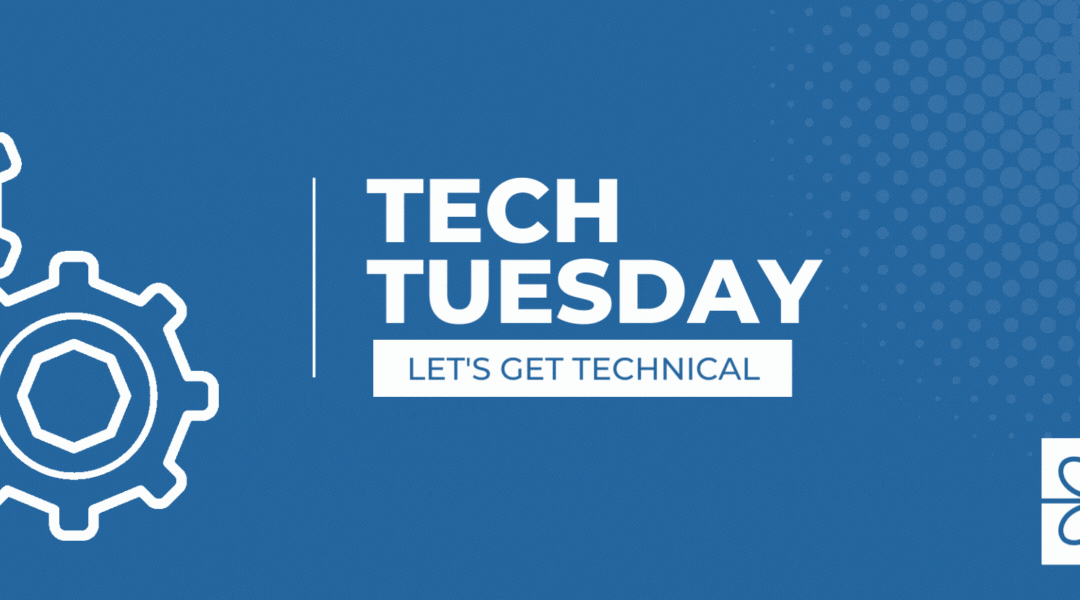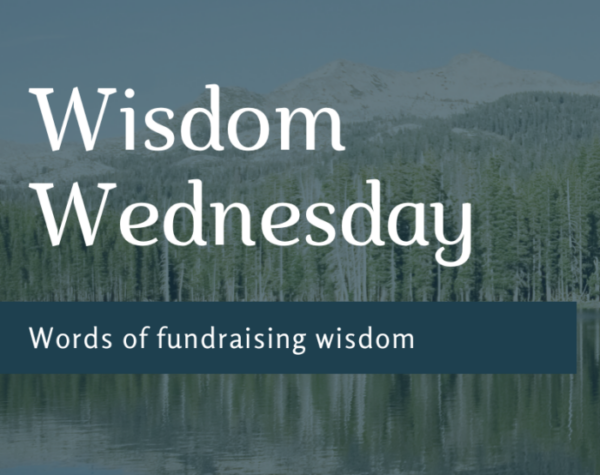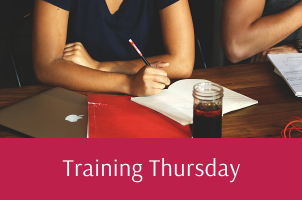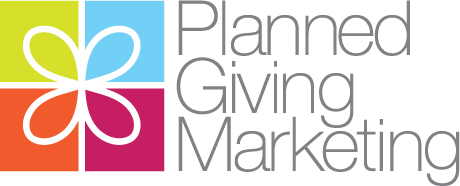Planned Giving Stories Make People Feel
Please join us in welcoming our guest author, Michelle Martin, Messaging Strategist and a Trained StoryBrand Guide. We hope you enjoy this guest post in celebration of National Write Your Story Day – March 14, 2019.
A wealthy family from New Jersey posted an ad announcing their hope to hire an au pair. Within only a few days, they received a response from a woman in Romania. Elena was young, hopeful, and eager to help. She understood the significance of this opportunity. She had always dreamed of living in America, and thought she could work hard enough to earn enough money to stay—and maybe even send for her family.
With the blessing of her mother and father, Elena boarded a plan to America, eager to meet the young couple and two kids who would be her family for the next year.
But Elena never met the family. There was no family. There was no position for an au pair. Elena became one of the millions of victims of the sex trafficking industry.

Within a day of her arrival, she was stripped of her passport, beaten for her resistance, and then forced to dance to draw in customers. With no connections, no money, and unable to communicate her need for help, Elena disappeared into the sex trade and was sold multiple times a day. The first time I heard a story like Elena’s, I was in my mid 20s. The topic of human trafficking was new, at least to me. But for some reason (I’m guessing it was a great story), when I learned about the multi-billion dollar sex trade industry and how it destroyed the lives of women like Elena, I was incensed. How could we all go about our lives every day while this was happening?
I read every book and article I could on the subject (there weren’t many). I learned some massage parlors and nail salons were often a front for labor and sex trafficking. “Huh.” I thought. “We have a ‘spa’ like that less than a mile away.” So, I staked it out, and sure enough the only people going in and out were men—and they weren’t staying long enough for a full-hour massage.
Armed with impulse and indignation, I walked into the sheriff’s office and demanded they shut it down. I showed them all the ads I had found on Craigslist that advertised “spa” services at that location. (I also marched into the spa to see if my suspicions were right, but that’s another story.)
After months of harassing the sheriffs, I received a call: “Michelle. We can’t tell you the details, but the massage parlor is shut down, and the owners have been arrested.”
Ohmygod. I had made a difference! One person really could make an impact! And if we ALL would just do something, we could save even more women like Elena who have been exploited and sold.
And that, my friends, is the story of why I donate to International Justice Mission (IJM).
I don’t know the stats for IJM’s budget numbers. I don’t know if they’re below budget or if they’re running a capital campaign. And even if I did by some chance hear their numbers, I probably wouldn’t remember them.
But I will remember—and repeat—the stories of people they help.
People like Elena.
Because those stories make me feel.
(SIDE NOTE TO FUNDRAISERS: this is important. The “emotional” profile I just described makes ME the ideal planned giving donor! Fully committed, fully invested. But I’ve never been approached to consider IJM for my estate plans, so I didn’t even think of them until I wrote this article. Who among your donors fits this profile?)
NATIONAL STORY TELLING DAY
Today, you’re going to hear a lot of talk about the importance of using good planned giving stories to make your donors feel more connected. Maybe you’ll read how to tell a story, or learn the framework of a powerful story.
Read it all. Learn. Understanding how to write planned giving stories is a skill that can be improved with practice, and it’s worth your time and attention. But from this article, I want you to walk away with less academic know how and more self-realization.
Have you heard the saying: people don’t remember what you say, they remember how you made them feel? THAT is the power of a planned giving story. So, what about you? What about your story makes you feel? Why do you do you do? What satisfies you about your work with a nonprofit?
What inspires you? That part of your story is also what will inspire donors.
When I look back on this part of my story, I felt enraged, so I took action. Then I felt indignant, so I march into the sheriff’s department. I felt empowered when I had an epiphany that one person can really make a difference. So I took action and “got involved” by donating. I don’t give because I don’t donate because I think they need my money. I donate because it makes me feel like the person I want to be.
I AM A HERO
By now, you’ve likely heard about Donald Miller’s book, “Building a StoryBrand.” The premise of the book is that businesses and nonprofits would do well to talk about their brand in story form. He provides a framework for how to create the story, and makes an important point: everyone wakes up in the morning as the hero in their own story.
IJM lets me be the hero. In fact, with a donation to IJM, I receive a thank you for being a “Freedom Fighter.” That’s powerful stuff. That aligns with how I’d like to view myself. They’ve given me a way to continue the story I see myself living.

YOU ARE A HERO
You’re a hero, too, you know. The work you do helps people and inspires other people to give. Can you pinpoint the moment when you realized you were a hero? Write it down. Tell it to a friend. Tell it to your donors.
My hope is that you have one “take away” from this article: your story, your muse, matters. Because it not only drives you, it inspires others. Your story has the power to make people feel. And when they feel empowered by authentic, real-life stories, they engage.
Using storytelling in your planned giving marketing isn’t as easy as it sounds. If you want help creating donor stories that connect to the emotions of your supporters, give Planned Giving Marketing a call at 484-680-7600. They’ll tell your stories in a way that inspires more donors to call.
Michelle Martin is a Messaging Strategist and a Certified StoryBrand Guide who works with companies like Planned Giving Marketing to help nonprofits inspire donors through authentic and inspiring stories. You can reach her at michelle@thebigideamarketing.com.

70 ½ vs. 73?
70 ½ vs. 73? We’ve been hearing some confusion from a lot of clients around the age split of 70 ½ vs. 73 for gifting from an IRA. Which is the correct age? What are the rules around each age? When it comes to marketing this great gifting strategy, the problem is both...

Wisdom Wednesday – Are you 85?
Are you 85? I didn't think so ...We've talked about the mindset of our most senior donors in the past. And we'll most likely talk about it forever. Why? None of us know what it's like to be 85 - unless we're 85.We've all been 16 before. Most of us have even recovered...

Generational Marketing – Traditionalists
Generational Marketing - TraditionalistsTraditionalists include those aged 77+ and will be a key group when it comes to your planned giving outreach.Learning how to communicate with this portion of the population is important for your success. Discovering the nuances...
Tech Tuesday – IRS Discount Rate
IRS Discount Rate With the signing of the Consolidated Appropriations Act of 2023 and the provision referred to as Secure 2.0, there is newfound interest around Charitable Gift Annuities* (CGAs). Because of this we’re all becoming reacquainted with the IRS...

